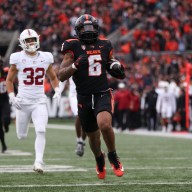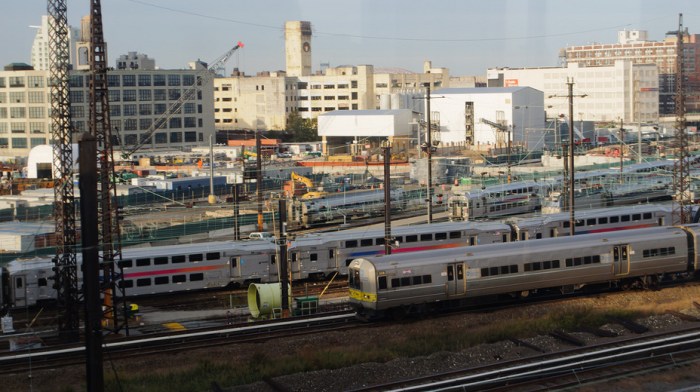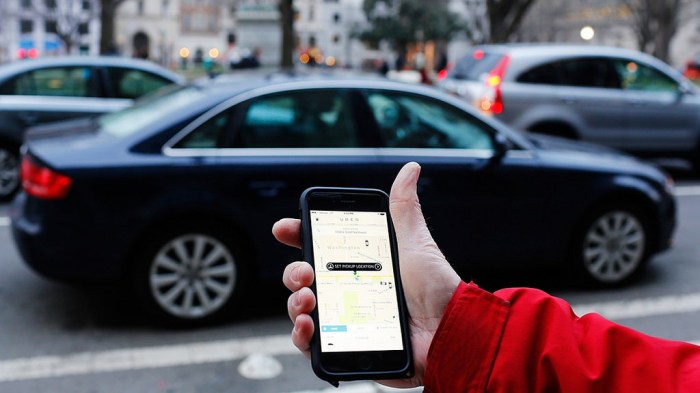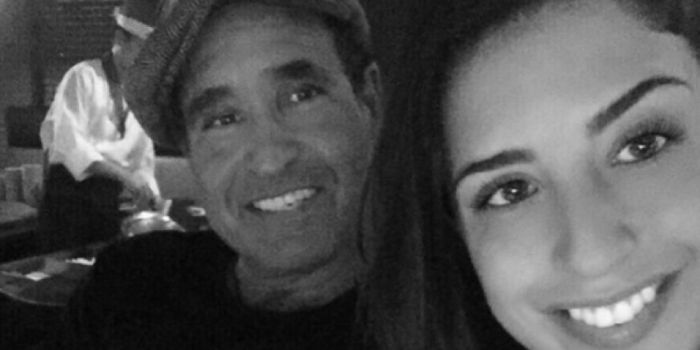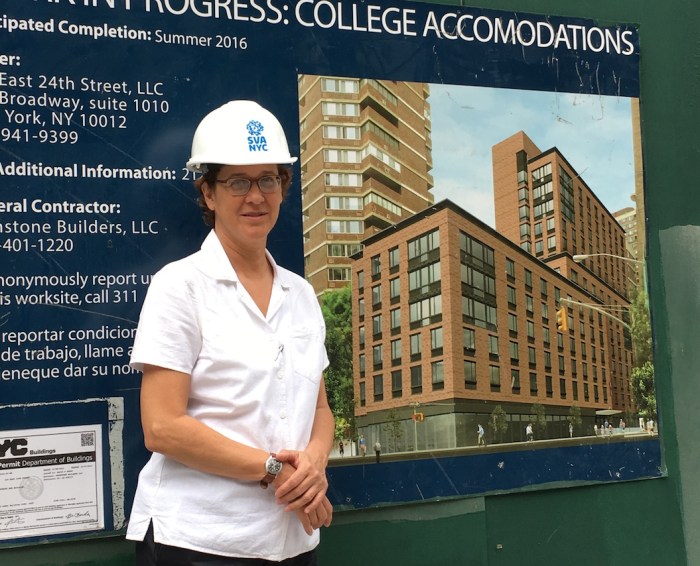Right now, 90,000 New York Cityeighth gradersaresorting through a phone-book sized list of400 public high schools to find thebest fit for the next four (arguably most critical) years of their lives. They submit their high school applications onDec. 1, rank their 12 favorite choices, go to open houses and tours, interview and audition, and sometimes take specialized school exams.
There are a number of guides that purport ease this monstrousprocess. For example, U.S. News and World Report just released a list of NYC’s top 50 high schools for 2016, which is separate from their countrywide ranking released in April. “New York City has a large enough universe of high schools for us to be able to do a standalone, city-wide comparison,” U.S. News and World Report chief data strategist Robert Morse told Metro. The media company’s assessment lists the city’s most elite high schools. And the reality for the majority of incoming freshman is that those top-tier schools with strict admissions are impractical options. “A solid B-student and even A-students may not make it to the top schools,” Laura Zingmond, senior editor at InsideSchools.org, told Metro. InsideSchools is an organization that provides independent information about the New York City school system, and which justpublished a handyalternative list of high schools called the“Best bets for ‘B’ students.” “Just because astudent doesn’t have the most outstanding grades does not mean they have to settle for any old school. What’s important is that they need a peer group at their level and at their pace,” Zingmond said. Their list features schools with solid instruction as well as accelerated, college level classes that ranked in the top 25 percent of schools for “college readiness,” meaning the percentage of seniors whose Regents exam scores exceed remedial levels. Many are great picks for A-students too, including the very selective NEST +M and the NYC iSchool. They narrowed the list to schools that a B-student can get into, some of which screen for grades and some of which do not. For the schools that do screen for grades, the lowest acceptable averages fall between 65 and 85. They also categorized the schools by borough in consideration of the commutes, a very important factor that a lot of students overlook when making their picks.
“There may be two kids who look very strong but one can handle it, and one would implode leaving before sunrise and getting home after sundown,” Zingmond said, explainingthis is particularly true for Staten Islanders. For schools inthe Bronx, consider University Heights Secondary School a STEM school with outstanding scores. For Brooklyn, the highly respected Edward R. Murrow High School also made the list as a great choicefor kids with arts abilities. Also in Brooklyn,the Pathways in Technology Early College High School is an excellent choice and doesn’t screen for grades, but boasts high college readiness scores. “Students have to take an honest look at what schools they can’t get into” and knock those off their list, said Zingmond. “There are a few great schools that go beyond the data.”
Zingmond offered tips for any student in the process:
Better options for NYC’s B-students shopping for high schools
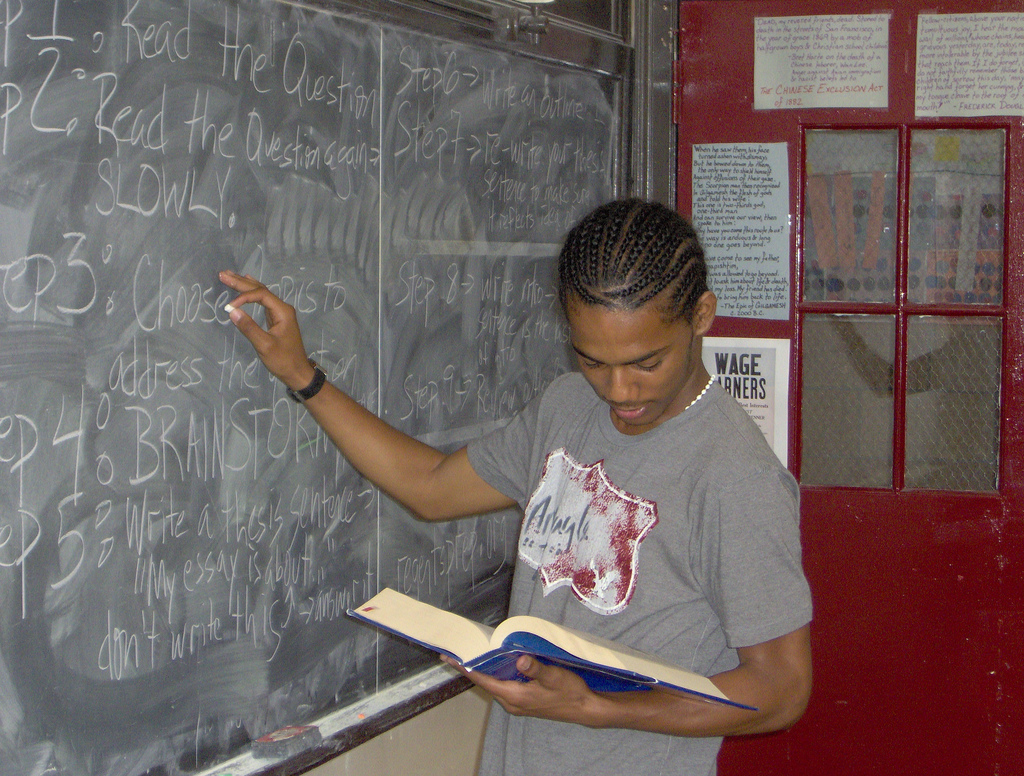
Andrew/Creative Commons


